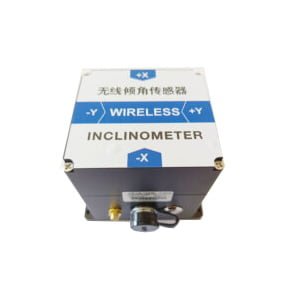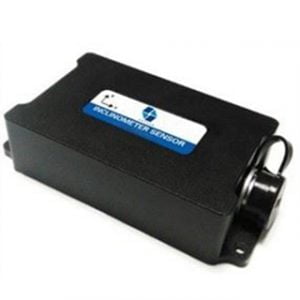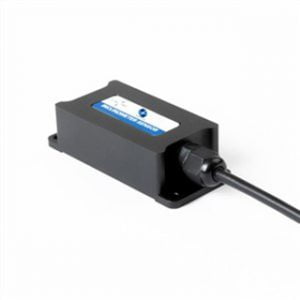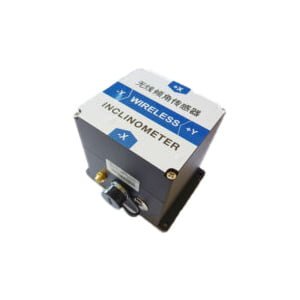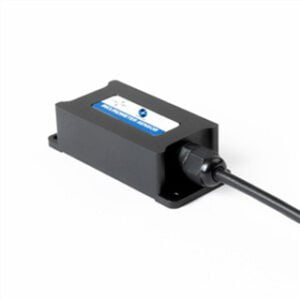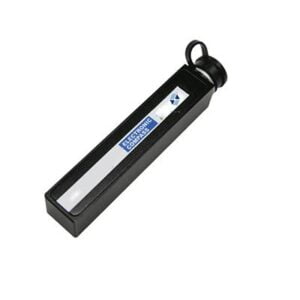Tilt sensor is also called inclinometer, level and inclinometer. It is often used to measure the change of horizontal angle of the system. The development of the level instrument from the simple bubble level instrument in the past to the electronic level instrument now is the result of the development of automation and electronic measurement technology. As a testing tool, it has become an indispensable important measuring tool in bridge erection, railway laying, civil engineering, oil drilling, aviation and navigation, industrial automation, intelligent platform, mechanical processing and other fields. Electronic level is a very accurate tool for measuring small angles. It can be used to measure the inclination of the measured plane relative to the horizontal position, the parallelism of the two parts and the verticality.
Angular metrology is an important part of geometric metrology. According to the spatial position of the plane, the plane angle can be divided into: the horizontal angle (or azimuth angle) in the horizontal plane, and the vertical right angle (or inclination angle) in the vertical plane. The spatial angle is the combination of the horizontal angle and the vertical angle. According to the range can be divided into circular angle and small angle; According to the nominal value can be divided into fixed angle and arbitrary angle; According to the composition unit, it can be divided into line angle and plane angle. According to the formation mode, it can be divided into fixed angle and dynamic angle. Fixed angle refers to the angle of components processed or assembled, and the angle position restored to the static state after the rotation of the instrument. Dynamic angle refers to the angle of an object or system in the process of motion, such as the angle between the satellite orbit and the earth's equatorial plane, the axis angle drift when the spindle of precision equipment rotates, and the real-time angle signal output by angle measuring equipment when it moves with a certain angular velocity and angular acceleration.
Here we will focus on a common application of tilt sensor in our daily life-building tilt monitoring. This will give us a more vivid understanding of the inclinometer.
Building monitoring background
With the development of urbanization, the height of buildings is also increasing. However, due to the influence of urban geological condition, engineering construction quality or building aging damage and other factors, the inclination or settlement of buildings has become an increasingly concerned problem for urban residents.
The uniform settlement of the building will not cause the building to produce additional stress and fracture, crack and other phenomena, so relative to the building itself is safe, but for the facilities introduced into the building (such as pipelines) and the surrounding buildings are more harmful, and the uneven settlement and the inclination brought by it will endanger the safe operation of the building when it reaches the limit of the building design index. For the safety of living or working, it is of great significance to monitor the settlement or tilt of buildings.
Tilt sensor plays an important role in the monitoring of house inclination, and can accurately monitor the inclination angle. Although the conventional method can detect and observe the house, the manual monitoring period is long, the error is large, and the dynamic data can not be collected for analysis, resulting in the house safety is difficult to be effectively guaranteed. These problems can be avoided by using automated acquisition schemes, and tilt sensor logging is the most advanced monitoring method at present. The tilt sensor has the functions of continuous reading, automatic recording and digital transmission. ER-TS-32600-Modbus tilt sensor adopts wireless digital signal transmission mode. Wireless sensor nodes can form a huge wireless network, supporting thousands of measurement points to monitor the inclination at the same time, and supporting professional computer software. Without on-site investigation, it can measure and record the status of the tested object in real time. The safety monitoring system is suitable for remote real-time monitoring and analysis of industrial sites, dilapidated buildings, ancient buildings, civil engineering, various tower incline deformation and other needs. When monitoring the tilt of the upper level of the building, the sensor can be placed on the top floor of the building or on the floor of the floor to be observed. When monitoring the foundation inclination, the sensor can be placed on the foundation surface to reflect and analyze the change degree of the building inclination based on the change value of the horizontal inclination of the measured floor or foundation surface, and ensure the safety of the house in real time.
More Technical Questions
1.What can a Tilt Sensor be Used for?
2.Is a Tilt Sensor the Same as as an Accelerometer?
3.The Difference between Tilt Sensor and Gyro Sensor
5.What are Tilt Switches and Tilt Sensors?
6.How to Use the Tilt Sensor and How to Install It?
Products in Article
